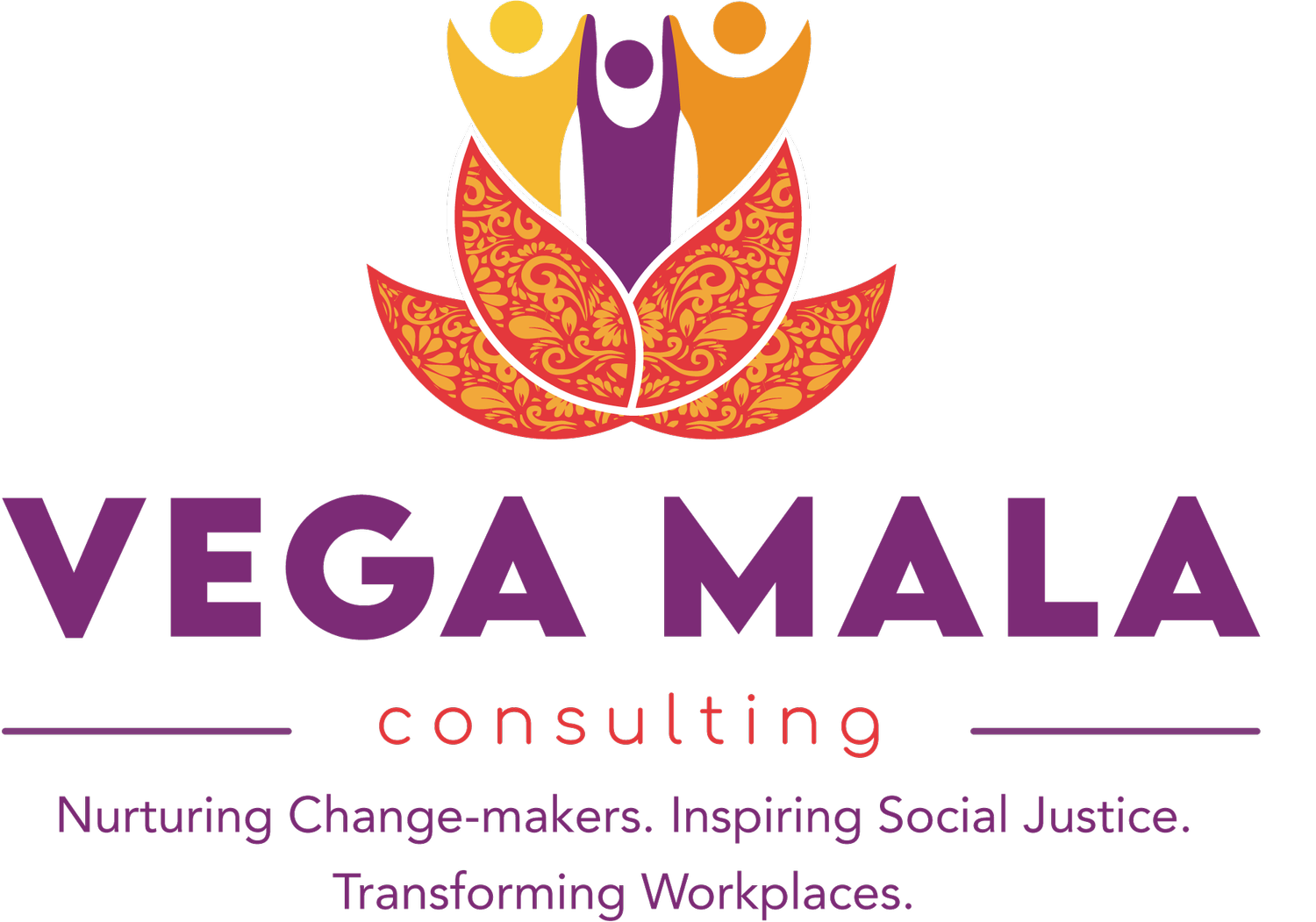Environmental Scan
 By Mala NagarajanRecord-breaking winter weather. An impending financial crisis. An economic boom.How would your organization be affected? Are you ready?Conditions outside your organization can make (or break) you. One systematic way of preparing for pivotal events is to conduct periodic environmental scans.What is an environmental scan? An environmental scan is an objective review and analysis of the current and potential conditions in which your organization is and will be operating.The tool originated in strategic business management to identify potential positive and negative impacts caused by the external macro-level environment, the industry, and competitors, as well as the internal environment.Nonprofits have adopted environmental scans, typically during a strategic planning process every 3-5 years. But given the accelerated pace of change, we suggest incorporating a mini environmental scan into the annual budgeting process.What is the scope of an environmental scan? If you’re on a tight timeline with limited resources (and these days, who isn’t?), you may be tempted to keep information gathering in-house, seeking input only from your staff and board. However, understanding all stakeholders’ perspectives will help you better illuminate critical gaps, update assumptions, and engage – or re-engage – your stakeholders.Here’s how:1. Review trends and forecasts, using tools like the PESTLE (aka PESTEL) analysis, and by asking your futurist stakeholders - constituency, clients, funders, volunteers and collaborators alike: What trends are impacting your life, your priorities, your work? And how?2. Conduct or update your TOWS analysis (external threats/challenges and opportunities, internal weaknesses and strengths) by using the information from the PESTLE analysis and stakeholder inquiries to identify (a) what are threats or opportunities, (b) the impact on your organization’s work, and (c) the timeframe of the change and impact.3. Use the information collected to understand organizational implications, prioritize which have the greatest impact (time and scale), make deft decisions, and make course corrections to your strategy and work plan.The PESTLE Analysis tool below will help you begin your journey. Remove the examples and insert specific trends and events that might impact your organization or your stakeholders (e.g., clients / constituency, funders, government, collaborators).
By Mala NagarajanRecord-breaking winter weather. An impending financial crisis. An economic boom.How would your organization be affected? Are you ready?Conditions outside your organization can make (or break) you. One systematic way of preparing for pivotal events is to conduct periodic environmental scans.What is an environmental scan? An environmental scan is an objective review and analysis of the current and potential conditions in which your organization is and will be operating.The tool originated in strategic business management to identify potential positive and negative impacts caused by the external macro-level environment, the industry, and competitors, as well as the internal environment.Nonprofits have adopted environmental scans, typically during a strategic planning process every 3-5 years. But given the accelerated pace of change, we suggest incorporating a mini environmental scan into the annual budgeting process.What is the scope of an environmental scan? If you’re on a tight timeline with limited resources (and these days, who isn’t?), you may be tempted to keep information gathering in-house, seeking input only from your staff and board. However, understanding all stakeholders’ perspectives will help you better illuminate critical gaps, update assumptions, and engage – or re-engage – your stakeholders.Here’s how:1. Review trends and forecasts, using tools like the PESTLE (aka PESTEL) analysis, and by asking your futurist stakeholders - constituency, clients, funders, volunteers and collaborators alike: What trends are impacting your life, your priorities, your work? And how?2. Conduct or update your TOWS analysis (external threats/challenges and opportunities, internal weaknesses and strengths) by using the information from the PESTLE analysis and stakeholder inquiries to identify (a) what are threats or opportunities, (b) the impact on your organization’s work, and (c) the timeframe of the change and impact.3. Use the information collected to understand organizational implications, prioritize which have the greatest impact (time and scale), make deft decisions, and make course corrections to your strategy and work plan.The PESTLE Analysis tool below will help you begin your journey. Remove the examples and insert specific trends and events that might impact your organization or your stakeholders (e.g., clients / constituency, funders, government, collaborators).
| PESTLE ANALYSIS | Impact on Stakeholder(s):_____________ | Potential Implications for organization |
| Political:
E.g., Policies, trade, grants, international, wars, elections, political trends, tax policy, government leadership and stability, stakeholder demands, local / regional / national / international |
||
| Economic:
E.g., Inflation rate, cost of gas/essentials, labor market and salaries, disposable income, globalization, transportation, tax incentives |
||
| Social/ Cultural /Demographic:E.g., Population growth rate by demographic (age, race, income, education), public opinion, media representation, social attitudes/taboos, health, education, family structure | ||
| Technological:E.g., Emerging technologies, aging and unsupported software/hardware, internet reliance, communications technology | ||
| Legal:
E.g., Court cases impacting your issue/service area, proposed laws, tax laws, local / regional / national / international; |
||
| Environmental:
E.g., Air quality, availability of clean water, building environmental regulations, availability of healthy food |
A periodic scan keeps you nimble in the face of tough decisions: finding another funding source instead of laying off staff, or merging with a partner organization versus shutting down. As they say, forewarned is forearmed.For more tools and options (including information on conducting environment scans collaboratively), see www.vegamala.com or contact Mala Nagarajan, Principal at Vega Mala Consulting, at mala@vegamala.com.
